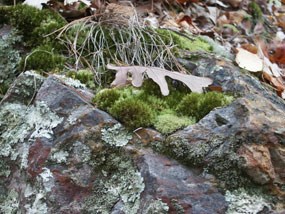
NPS Photo by Gail Sears Mosses are great for preventing soil erosion, as they are capable of absorbing vast amounts of water. Additionally, mosses can break down different layers of soil and release nutrients for other plants to utilize. These resilient plants have existed for at least 250 million years and are so diverse, that many do not have "common names." Below you'll find a list of the most common species of moss that have been documented in Hot Springs National Park. Mosses of Hot Springs National ParkThese mosses from the Hot Springs National Park, Arkansas, were collected by Dr. Jewel E. Moore, retired Professor of Biology, University of Central Arkansas, Conway, Arkansas, and identified by Steve L. Timme, Institute for Botanical Exploration, Mississippi State, Mississippi.
Identification of additional mosses from the Hot Springs National Park have revealed two which have never before been reported from the state, and a variety of another which has not previously been reported. The additions to the state checklist are:
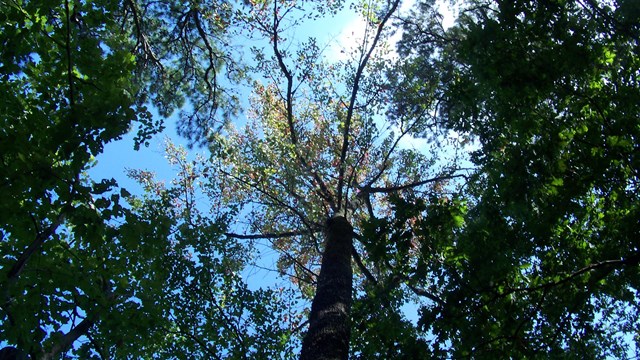
Trees & Shrubs
The mountains surrounding Hot Springs National Park are covered with deciduous and evergreen trees and shrubs. Explore their world. 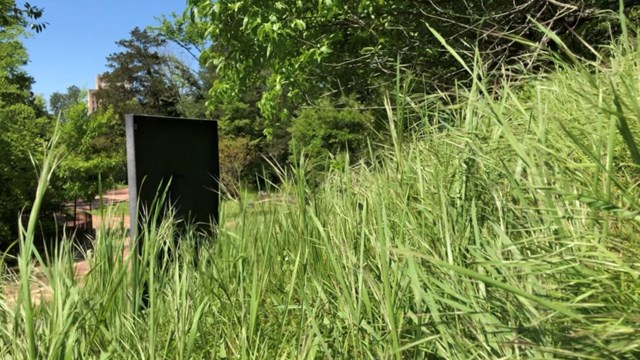
Grasses
Grasses are not only a food source for some animals, but they also play an important ecological role. Learn more about grasses in the Park. 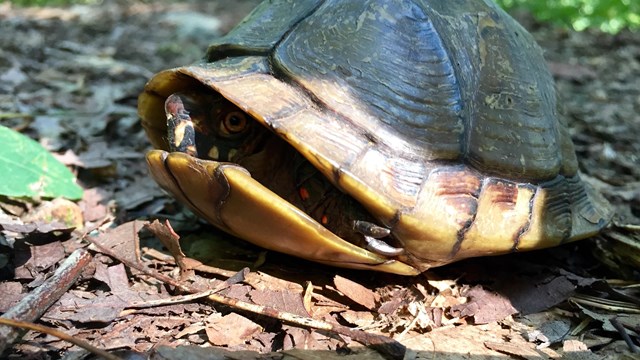
Animals
Learn about the wildlife in the Park. 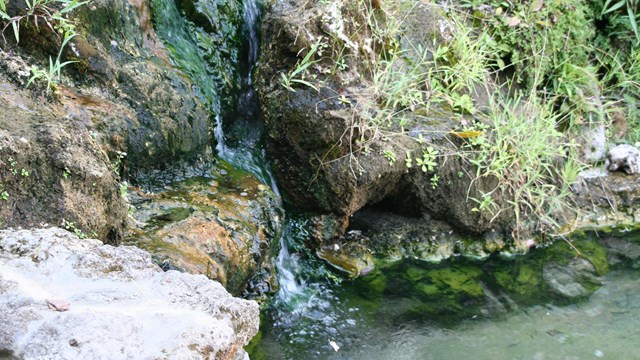
Natural Features & Ecosystems
Learn about the geologic features, thermal springs, and natural features that make Hot Springs National Park unique. |
Last updated: August 5, 2021
